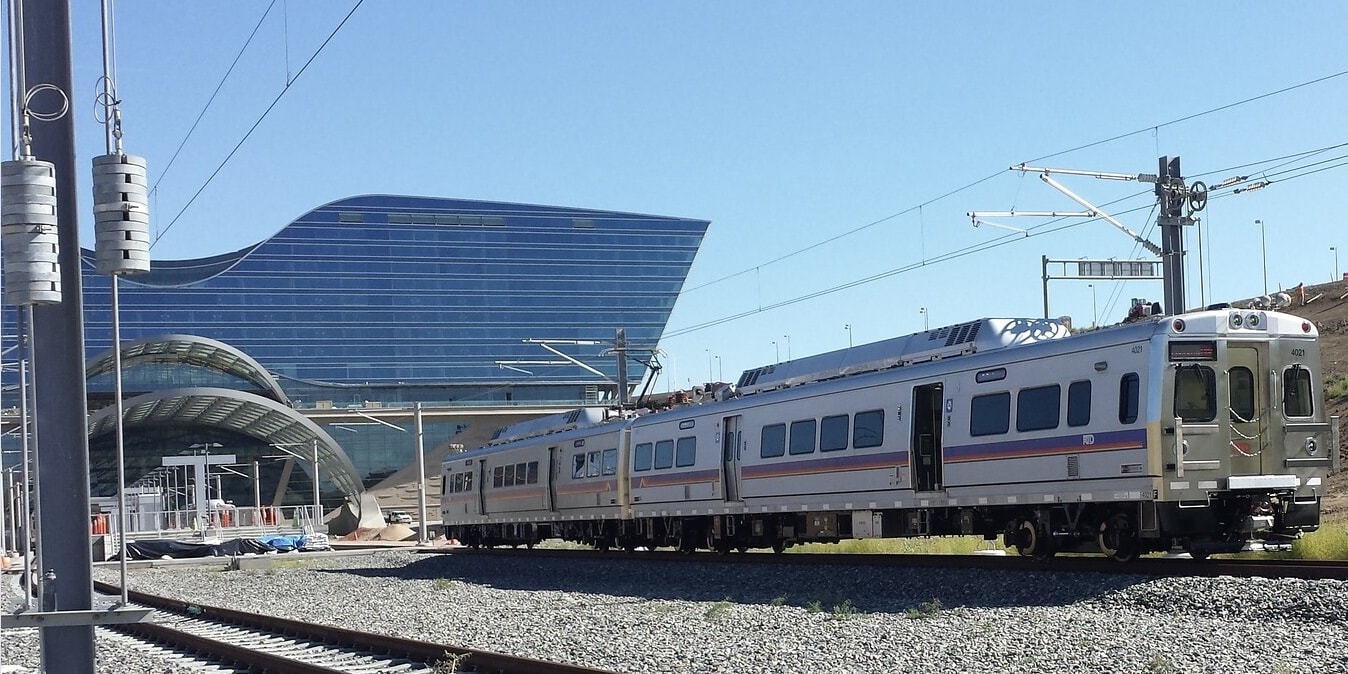
RTD to suspend A Line service for two hours Sept. 20 between Denver Airport and 61st•Peña stations during drill exercise
RTD and concessionaire partner Denver Transit Operators (DTO) will conduct a joint emergency preparedness exercise with local emergency services on the A Line on Wednesday, Sept. 20, beginning at 10 a.m.
There will be no rail service between Denver Airport and 61st•Peña stations for approximately two hours during the drill exercise. Bus shuttles will support A Line service between Denver Airport and 61st•Peña stations but will not mirror regular train schedules. Customers will board bus shuttles at the following locations:
- Denver Airport Station: Board bus shuttle at Gate 7
- Located at the DEN Transit Center, Level 1, adjacent to the Westin Denver International Airport hotel. The DEN Transit Center can be accessed at the south end of Jeppesen Terminal by exiting through the glass doors and taking the escalator or elevator down to ground level
- The last westbound train departing Denver Airport Station before the drill will leave at 9:57 a.m. The first bus shuttle departure from this station will be at 10:12 a.m.
- 61st•Peña Station: Board bus shuttles in front of the station
- The last eastbound train departing 61st•Peña Station prior to the drill will leave at 9:40 a.m. The first bus shuttle departure from this station will be at 9:55 a.m.
A Line service will continue between Union Station and 61st•Peña Station during the training. Regular service on the A Line will be restored following conclusion of the exercise.
Area residents and businesses may see a large presence of emergency vehicles near the exercise location at the east end of the Peña Boulevard Bridge during the drill exercise.
The emergency preparedness drill is conducted annually to ensure the safety of RTD’s customers and the public. The exercise provides rail operations personnel, local law enforcement agencies and emergency responders with an opportunity to review emergency protocols and demonstrate successful response procedures.